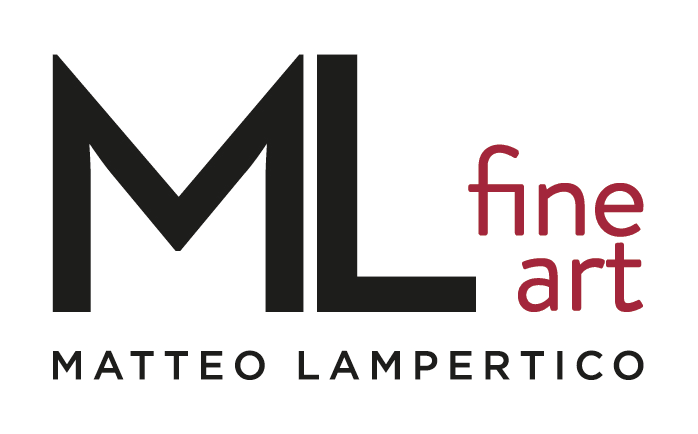Antonio Donghi Italian, 1897-1963
Antonio Donghi was born in Rome. He studied painting at the Istituto di Belle Arti in Rome (1908–16) before serving military service in France. Donghi soon established himself as one of Italy's leading figures in the neoclassical movement that arose in the 1920s. In the post-World War I "return to tradition" of the Scuola Romana he shared an interest in seventeenth and eighteenth-century painting with Francesco Trombadori and Carlo Socrate, with whom he exhibited at the Rome Biennale of 1923.
The following year Donghi was exhibited in Milano's Galleria Pesaro together with Felice Casorati, de Chirico, Ubaldo Oppi and Mario Tozzi. He also participated in the important 1925 New Objectivity exhibition in Mannheim (Germany), and had solo shows in Paris, New York and Buenos Aires. Donghi also cooperated with the Novecento Italiano group, participating in their second exhibit in 1929.
Possessing an extremely refined technique, Donghi favoured strong compositions and spatial clarity. The critic Ugo Ojetti saw his clear realism and choice of subject-matter (people, still-lifes and cityscapes) as egalitarian and evoking Caravaggio's influences. The disconcerting immobility of his figures also drew comparisons with the work of Seurat and of Henri Rousseau, and it was identified as Magic Realism by Franz Roh (Expressionismus, Magischer Realismus, Leipzig, 1925).
By the 1940s, Donghi's work was far outside mainstream modernism, and his reputation declined, although he continued to exhibit regularly. In his last years he concentrated mainly on landscapes, painted in a style that emphasizes linear patterns. He died in Rome in 1963.
Most of Donghi's works are in Italian collections, notably the Museo di Roma.
-

Arte e Collezionismo, Rome
ML Fine Art is pleased to invite you to visit us at Arte e Collezionismo art fair in Rome. 29 Sep - 2 Oct 2023ML Fine Art looks forward to seeing you in Rome. On this occasion our booth will showcase a selection of historically relevant paintings, sculptures and...Read more -

MIART 2021
17 - 19 Sep 2021ML Fine Art is pleased to announce its participation to the 25th edition of Miart, Milan’s international modern and contemporary art fair, that will take...Read more

